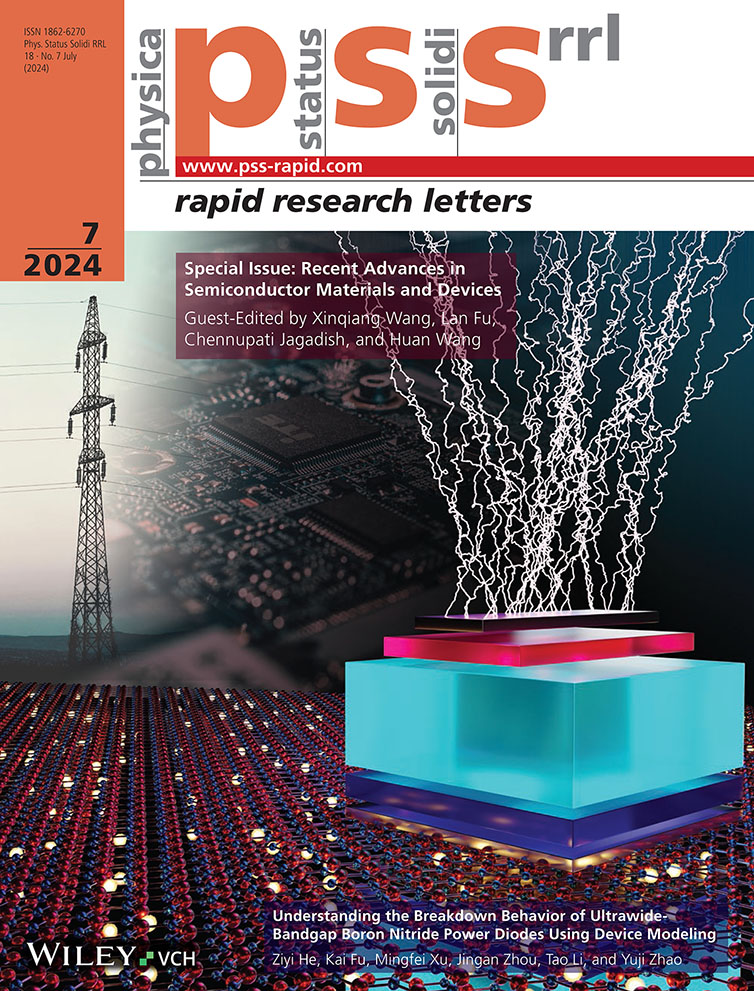Structure-Induced Tunable Multipolar Moments and the Associated Purcell Enhancement in Silicon-Like Metasurfaces
Abstract
The recent breakthrough in integrating single quantum emitters to dielectric metasurfaces opens up avenues in quantum technologies with the possibility to obtain on-demand single photon sources and efficient spin–photon interface. All-dielectric metasurfaces with unprecedented possibilities of generating directional light scattering instigated a novel concept of the Kerker effect that led to applications in nanophotonics. Here, an all-dielectric metasurface consisting of silicon-like nanodisks with square lattice symmetry that exhibits Kerker condition governed by constructive interference of multipoles optimized for the zero-phonon line (ZPL) of negatively charged nitrogen-vacancy (NV-) center at a wavelength of 640 nm is discussed. The phase and amplitude of excited multipolar moments are manipulated by varying the geometrical parameters of the metasurfaces. The constructive interference between multipolar moments generates a Kerker condition, which is tunable by varying the diameter, thickness, refractive index of nanodisks, and substrate refractive index. The Kerker condition is further used to control the emission from a single NV- center and a Purcell enhancement of 300 times is achieved at 640 nm. The study profoundly explores new insights into quantum metasurfaces and paves a new way to utilize dielectric resonators with emitters as on-chip quantum light sources at Kerker condition.
Conflict of Interest
The authors declare no conflict of interest.
Open Research
Data Availability Statement
The data that support the findings of this study are available from the corresponding author upon reasonable request.




